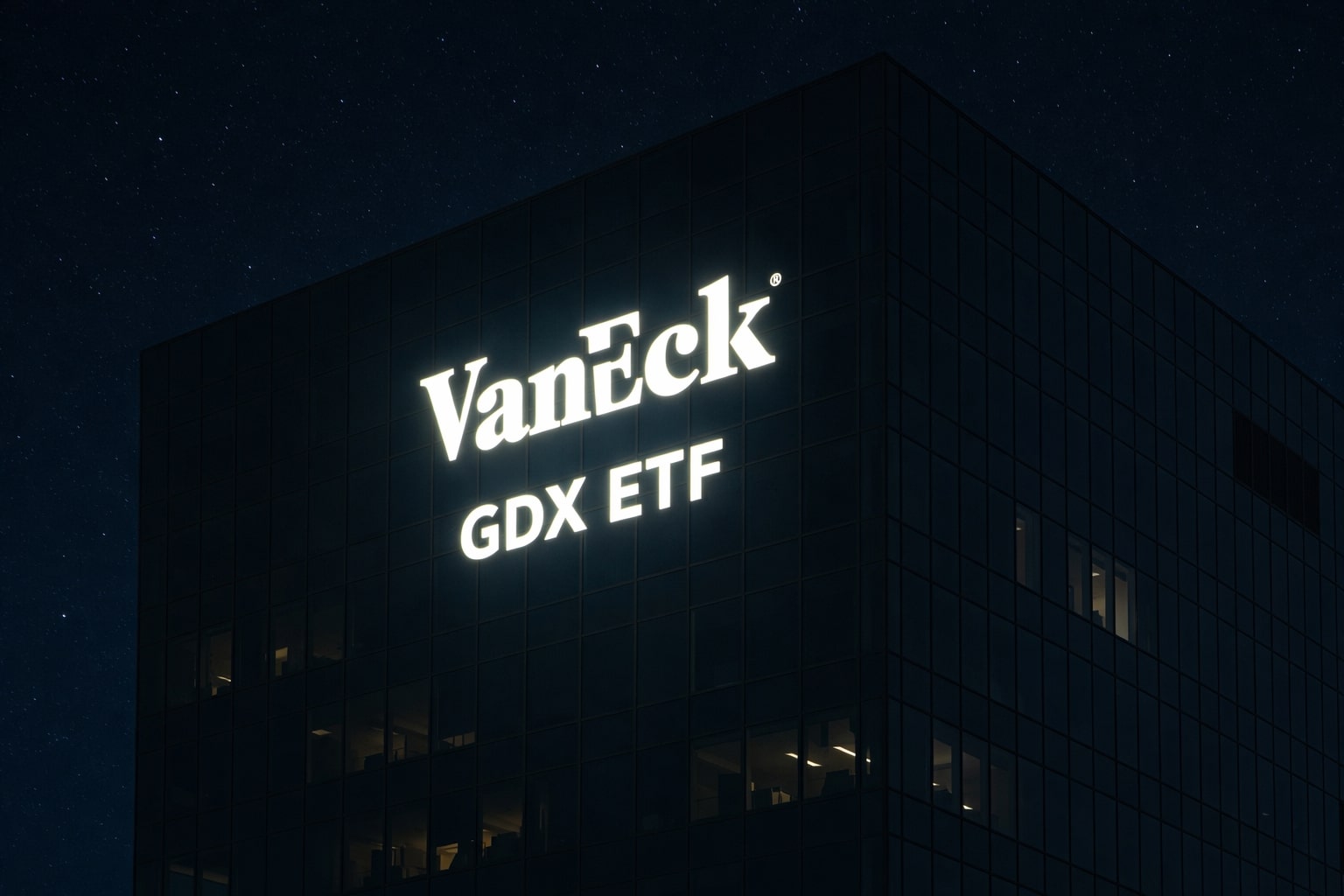Investing Versus Trading
Investing Versus Trading: Contrasting Approaches to Financial Markets
When it comes to growing your wealth in the financial markets, two prominent approaches often come to the forefront: investing and trading. Both strategies have their merits and can lead to profitability, but understanding the differences between the two is crucial for making informed decisions that align with your financial goals.
Investing is a long-term wealth-building strategy that involves purchasing assets with the intention of holding them for an extended period. It is rooted in the fundamental principle of identifying quality companies or assets and participating in their growth over time. Investors carefully analyze the financial health, market position, and long-term prospects of a company before making investment decisions.
One of the primary advantages of investing is its ability to harness the power of compounding. By reinvesting dividends or capital gains, investors can benefit from the exponential growth of their investments over an extended period. Moreover, investing allows individuals to participate in the overall growth of the economy and various industries, making it a powerful tool for wealth creation.
Another key benefit of investing is its comparatively lower time commitment. Successful investors understand the value of patience and adopting a long-term mindset. They aim to ride out short-term market fluctuations and focus on the underlying fundamentals of their investments. By taking a less reactive approach, investors can avoid being swayed by short-term market noise and make more informed decisions based on a company's intrinsic value.
Trading offers its own set of advantages, particularly for those with a high tolerance for risk and a knack for market timing. Traders can potentially generate profits in both rising and falling markets, capitalizing on volatility and price fluctuations. In addition, trading allows for more frequent decision-making and the opportunity to adapt quickly to changing market conditions.
However, it's important to note that trading comes with inherent risks. It requires a significant amount of time, effort, and expertise to navigate the markets successfully. Emotional discipline, risk management, and staying abreast of market news and trends are critical for traders. The potential for substantial gains also brings the potential for significant losses, as trades made in haste or based on unreliable information can lead to adverse outcomes.
While both investing and trading have their merits, it's essential to align your chosen strategy with your financial goals, risk tolerance, and time commitment. Investing is well-suited for those seeking long-term wealth accumulation, leveraging the power of compounding and the growth of the overall economy. Trading, on the other hand, may appeal to individuals who thrive in a fast-paced environment and are comfortable with a higher level of risk.
Investing vs. Trading Bitcoin
Trading Bitcoin, on the other hand, is a more short-term and active strategy. Traders analyze price charts and use technical indicators to identify short-term patterns. They aim to profit from Bitcoin's volatility by buying at lower prices and selling when the price increases. Traders need to stay vigilant, manage risks, and be disciplined in their decision-making.
Bitcoin's halving event, occurring every four years, reduces the rewards for miners and decreases the rate of new Bitcoin supply. Historically, this event has positively impacted Bitcoin's price due to increased scarcity.
While Bitcoin's projected growth and the halving event are exciting prospects, it's important to approach them with caution. The cryptocurrency market is highly volatile, influenced by market sentiment, news events, and economic factors.
Investing vs. Trading Amazon Stock
Trading Amazon stock, on the other hand, focuses on short-term price movements to generate profits. Traders analyze technical indicators, such as moving averages or chart patterns, to identify short-term trading opportunities. For example, a trader might have executed a short-term trade by buying Amazon stock when it showed a bullish breakout from a consolidation pattern and then selling it when the stock reached a predetermined target price. Traders aim to capture smaller price movements within a shorter time frame.
It's worth noting that Amazon's stock price has seen significant fluctuations over the years due to market dynamics, company performance, and investor sentiment. While the stock has experienced remarkable growth, there have also been periods of consolidation or even temporary declines. Short-term traders often rely on technical analysis and market volatility to execute their trades successfully.
Read More
-
GDX ETF at $88 While Gold Tests $4,400: Are Gold Miners Poised for $100?
19.12.2025 · TradingNEWS ArchiveStocks
-
XRP ETF Boom: XRPI at $10.94 and XRPR at $15.49 as XRP-USD Clings to the $1.80–$1.90 Zone
19.12.2025 · TradingNEWS ArchiveCrypto
-
Natural Gas Price Forecast: NG=F Hovering Near $3.92 As Weather, LNG And Storage Collide
19.12.2025 · TradingNEWS ArchiveCommodities
-
USD/JPY Price Forecast - Dollar to Yen Near 157 as BoJ’s 0.75% Rate Hike Backfires on the Yen
19.12.2025 · TradingNEWS ArchiveForex
















